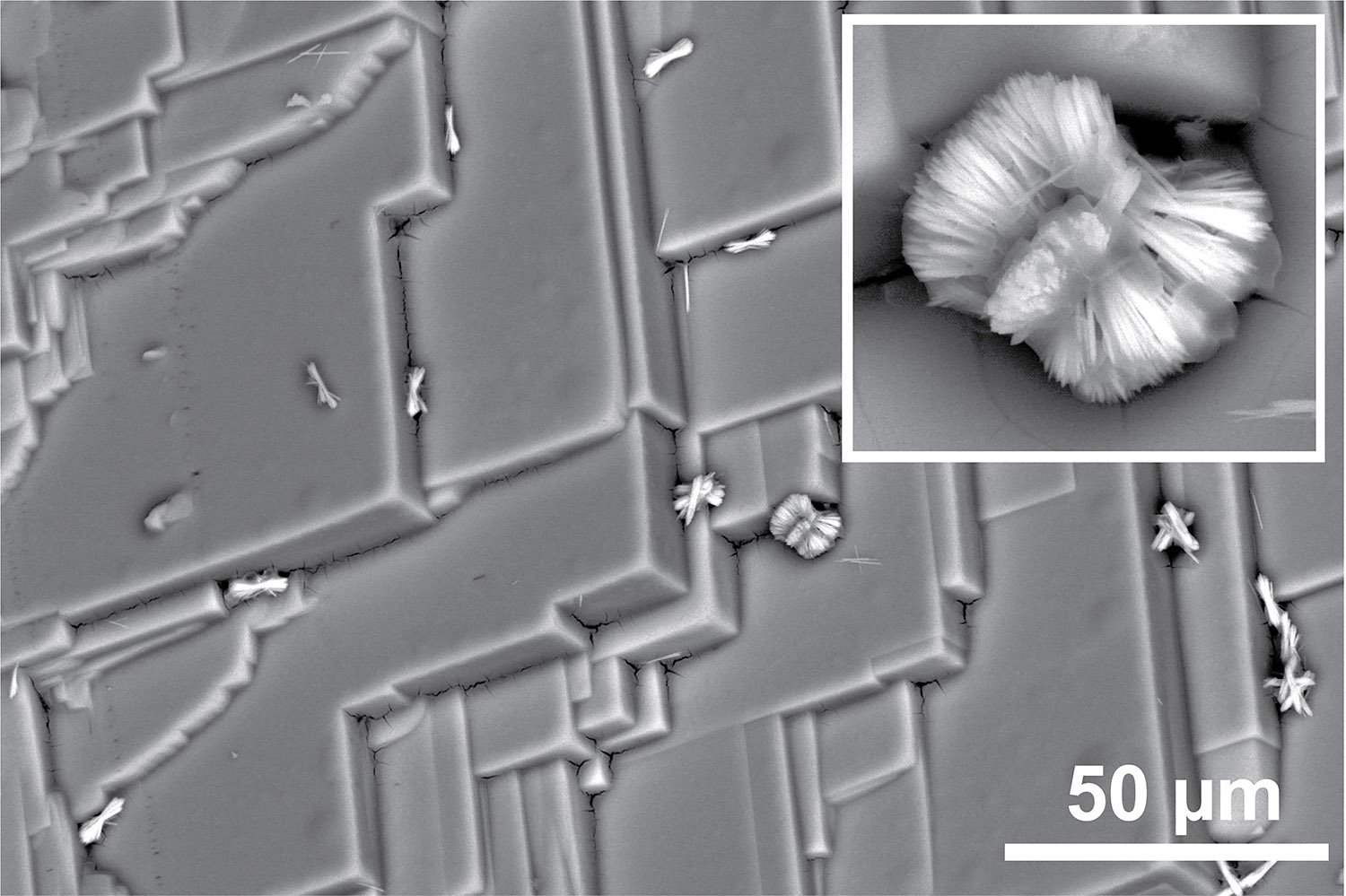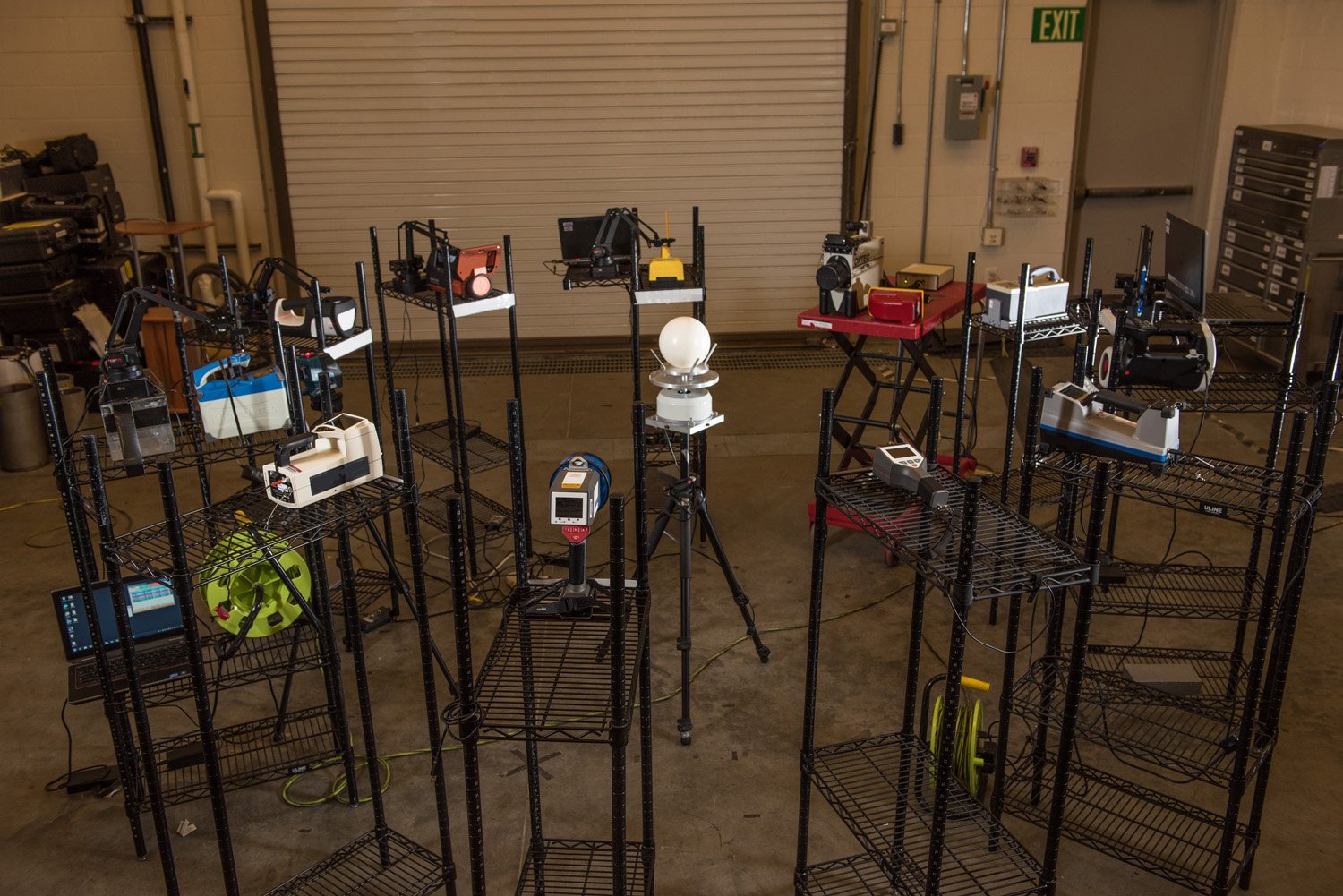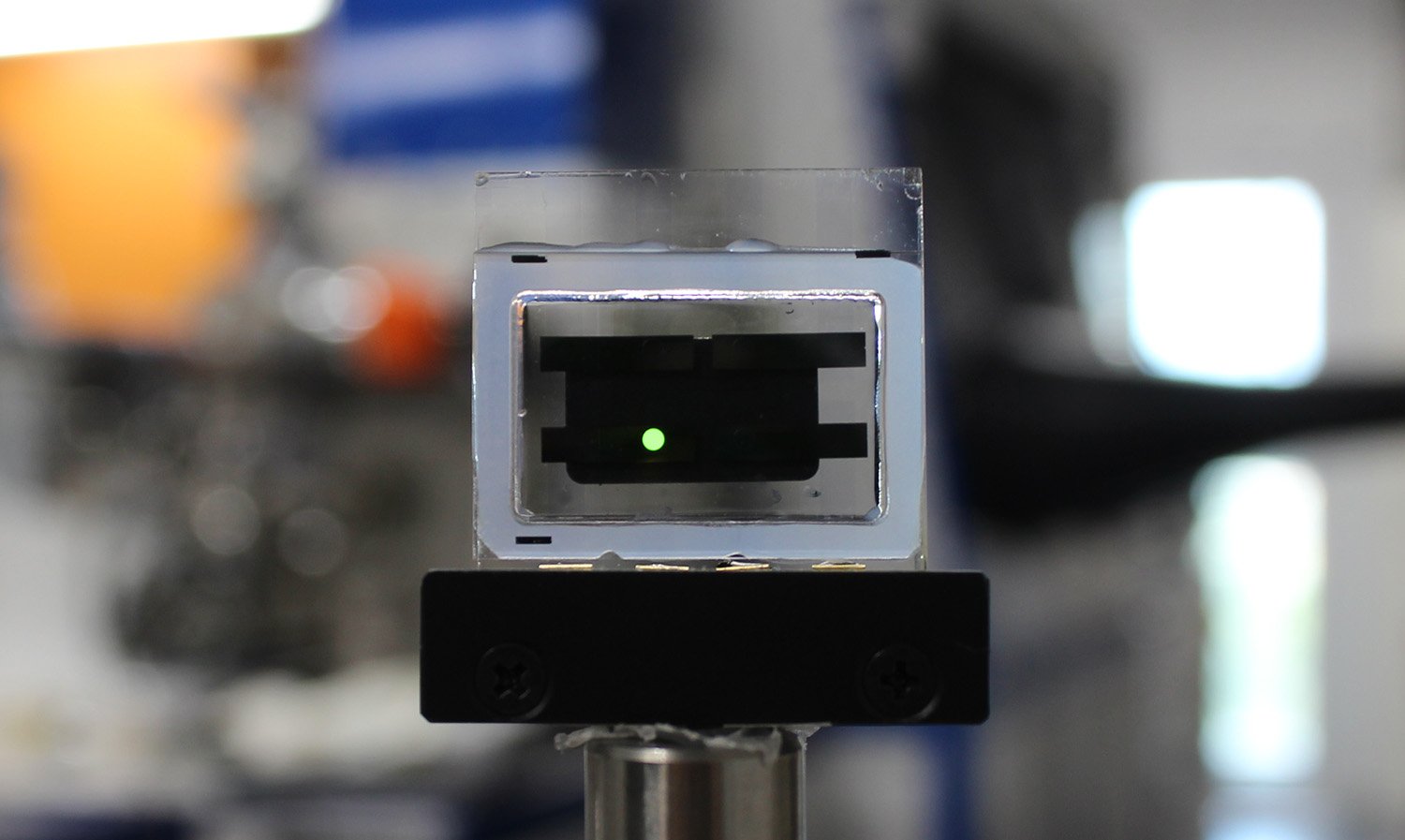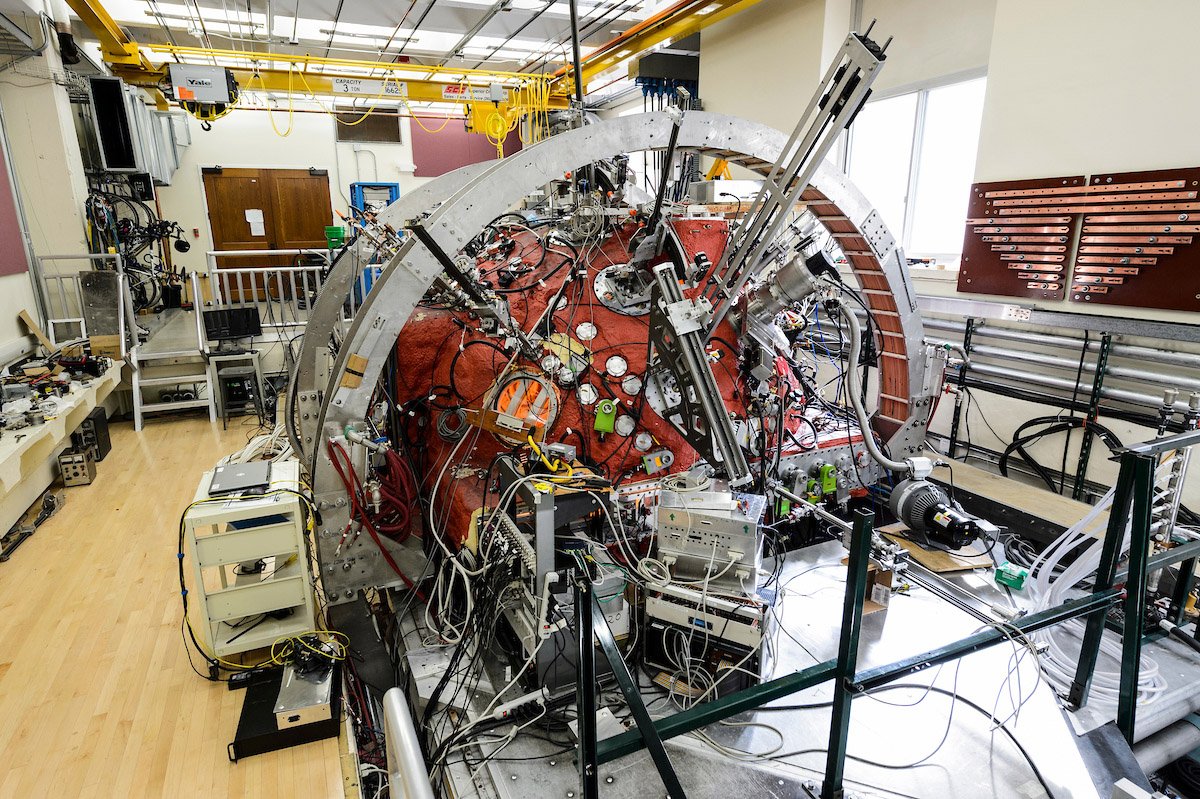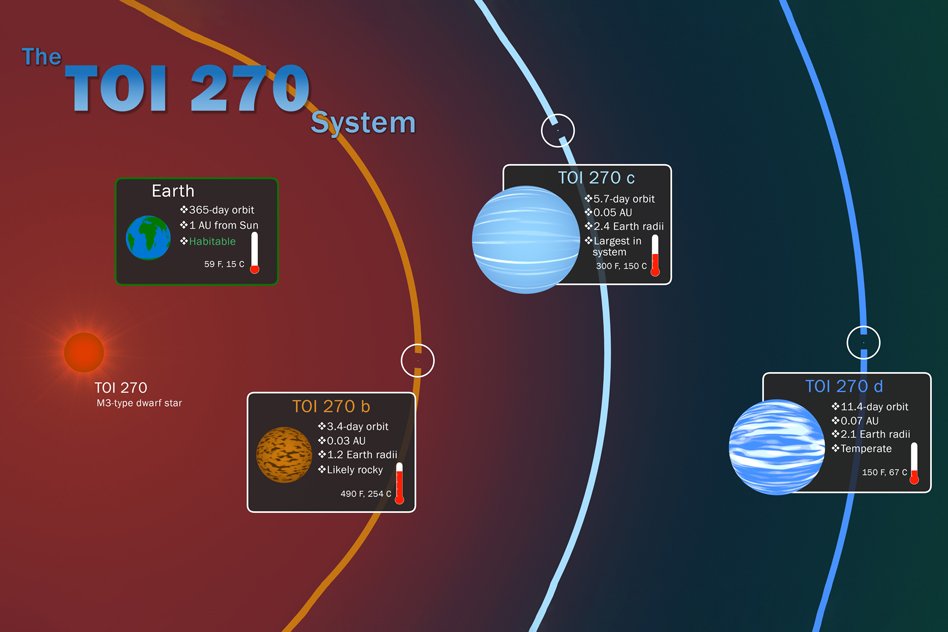Treating solar cell materials reveals formation of unexpected microstructures
Recent advances in solar cell technology use polycrystalline perovskite films as the active layer, with an increase to efficiency of as much as 24.2%. Hybrid organic-inorganic perovskites are especially successful, and they have been used in optoelectronic devices including solar cells, photodetectors, light-emitting diodes and lasers. But the surface of hybrid perovskites is prone to … Read more
